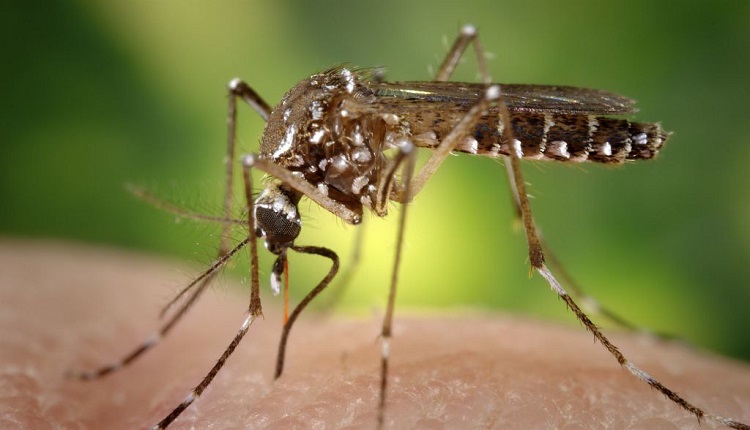Carolina Gomez Mena
The newspaper La Jornada
Friday, August 2, 2024, p. 15
Human papillomavirus (HPV) vaccines They are very effective in preventing malignant and premalignant lesions of cervical cancer.
said Rodrigo Romero Feregrino, head of the Mexican Association of Vaccinology, who explained that the tetravalent vaccine (against four serotypes of the virus) has 96 percent efficacy, and the nonavalent vaccine (which attacks nine serotypes), 97.4 percent.
In addition, they prevent, with 99 percent effectiveness, the development of genital warts caused by HPV, which rarely escalate to cancerous lesions, but are very annoying and recurrent and can become numerous.
The expert considered that the vaccination plan in Mexico should be modified, since only girls in the first and second year of secondary school or those of 13 and 14 years of age who are not in school and people from 11 to 49 years of age who live with the human immunodeficiency virus are immunized.
She said that the tetravalent and nonavalent vaccine can be administered to men and women from nine to 60 years of age, and added that protecting a larger population would mean less chance of infection and, therefore, less chance of many women developing cervical cancer.
Because genital HPV infection affects so many people, it is estimated that between 70 and 80 percent of the sexually active population has or has been infected with HPV. Many manage to eliminate the virus, but it remains in all.
HPV infection is closely related to cervical cancer in 99 percent of cases, but there are other tumors that are associated with this virus, such as anal (90 percent), vaginal and vulvar (70) and oropharyngeal (60-70).
Goals for 2030
She explained that the initiative to eliminate cervical cancer proposes that by 2030 all countries must achieve and maintain an incidence of four women diagnosed with this neoplasia per 100,000.
To reach this goal by 2020, countries must meet the 90-70-90 targets, meaning 90 percent of girls fully vaccinated, 70 percent of women undergoing high-precision screening, which means switching from Pap smears to PCR tests, and 90 percent of patients with precancerous lesions and invasive cancer treated.”

















